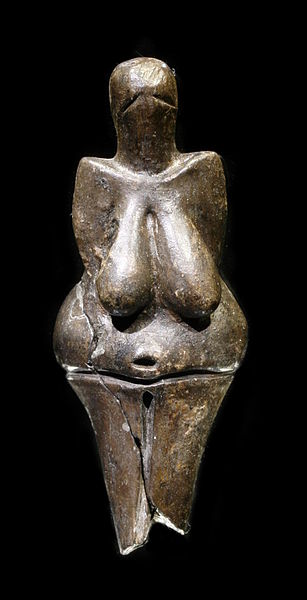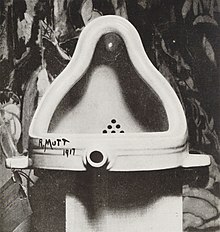Having created several bodies of both figurative and abstract work, I realize that my own work falls into two broad—and diametrically opposed—categories: alienation and complete union. I would have to say that the majority of my abstract pieces, such as “Golden Offering”, exhibit a sense of alienation. My series, “Artifacts From a Former World,” to which this piece belongs, depicts the artifacts and ritualistic objects from an unknown and former world. They represent the remnants of a society that has long since vanished. About as alienated as one could get.
 |
| "Burnt Offering" by Dan Woodard |
After completing several figurative pieces and standing back and looking at the series as a whole, I discovered that the majority of the men, such as “Silence” and “Anguished Man with a Broken Nose,” were on the alienation end of the spectrum. While the women, “Ariadne’ and “Ester” for example, showed pregnant women. The far end of the complete union category. I further noticed that my males were generally titled with a description of their condition, while the women were given real names. This is all incredibly interesting to me and has led me to explore the subconscious reasoning for my depictions of men versus women.
 |
| "Ester" by Dan Woodard |
So, on the one hand we have the intention of the artist and their message, whether it be conscious or subconscious. But, on the other hand there is an equally powerful force, the perspective of the viewer. And, since everyone’s perspective is different, the messages derived from a creative work are as varied as the number of viewers. Each individual has their own sense of what a particular work of art “means” to them. And each person adds their own background, personality, experiences, current mental state of mind and on, and on to arrive at this meaning. And that’s good. In fact, it’s one of the wonderful aspects of art...the viewer comes to her own relationship to the art sometimes totally independent of what the artist intended. And all of the meanings or relationships that one has with a particular piece of art are valid—even if they are not what the artist intended. Marcel Duchamp summed this view up when he said: “The artist only has fifty percent of the responsibility.”
After hearing people’s reactions to my work I am often led to look at it in a new and different way. And as a result of this process, I, myself, learn more about my art and about my subconscious creative impulses. It’s an exciting and wonderful process. A process that is very therapeutic and gives me a better understanding of myself.












